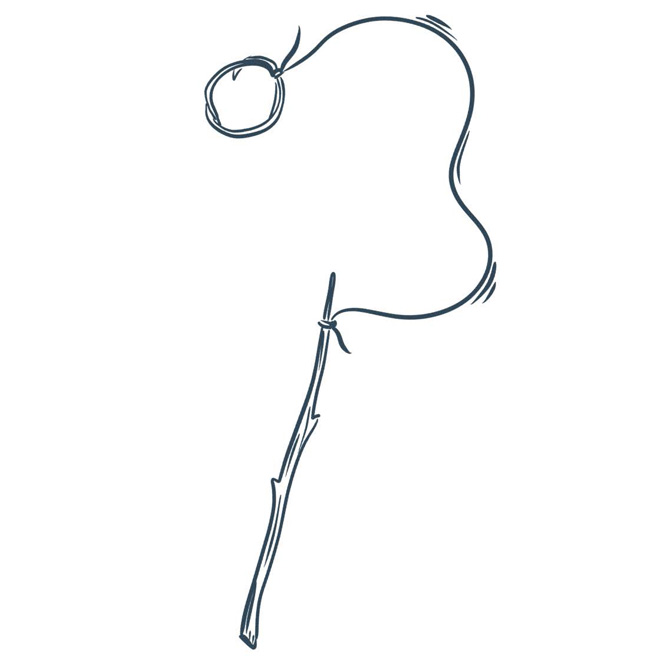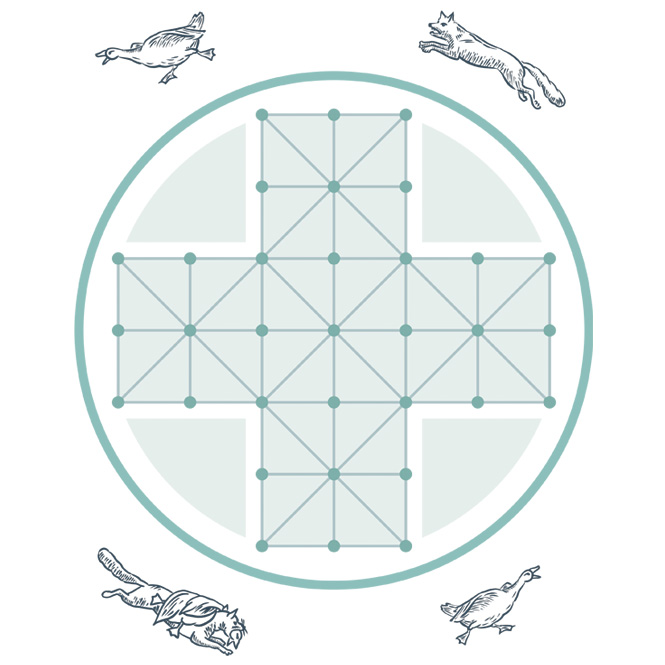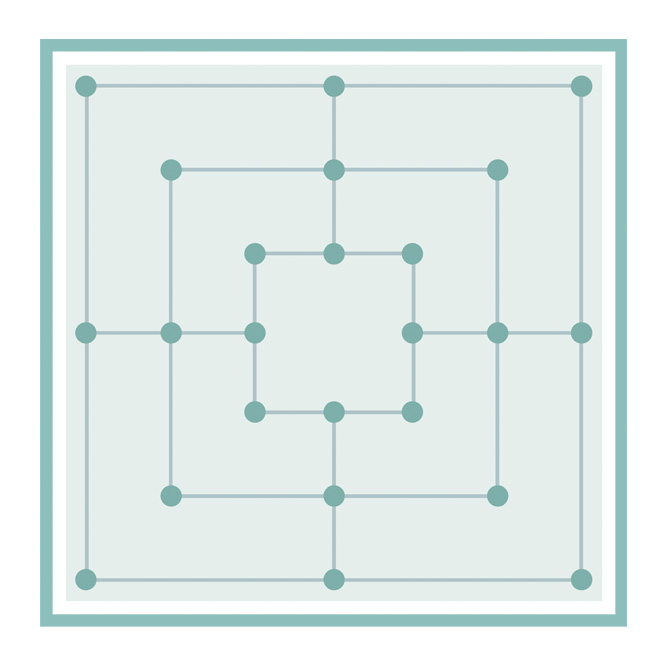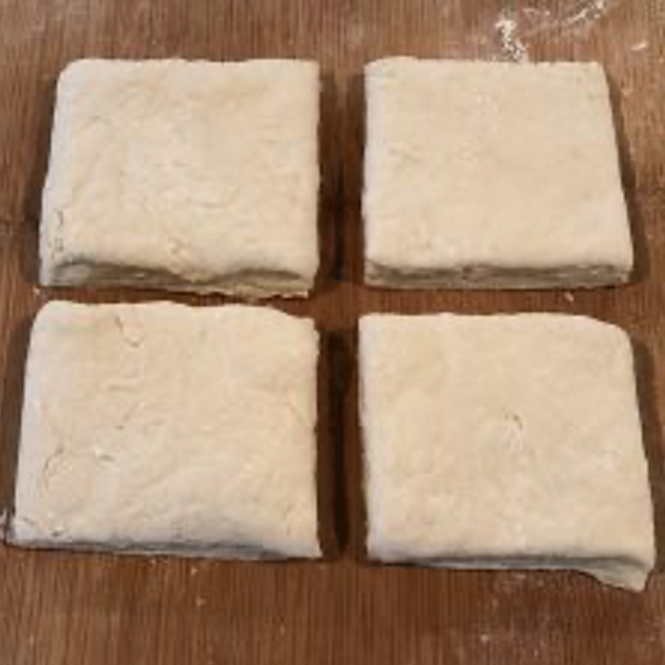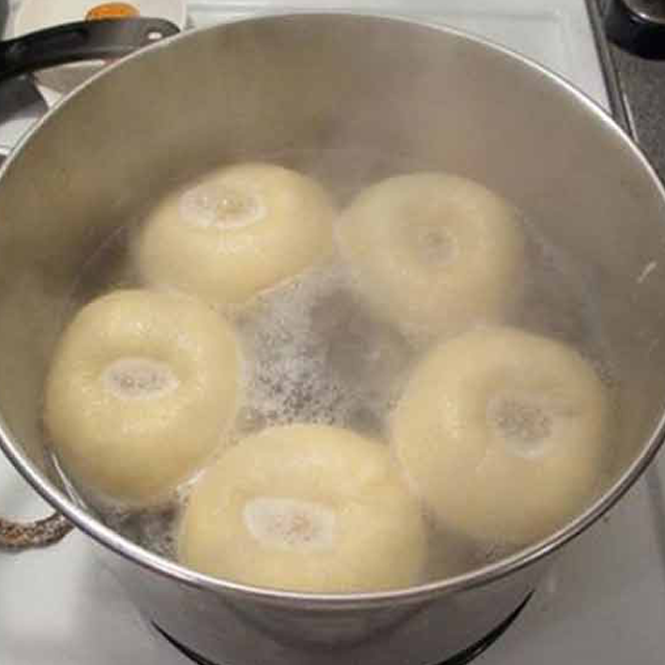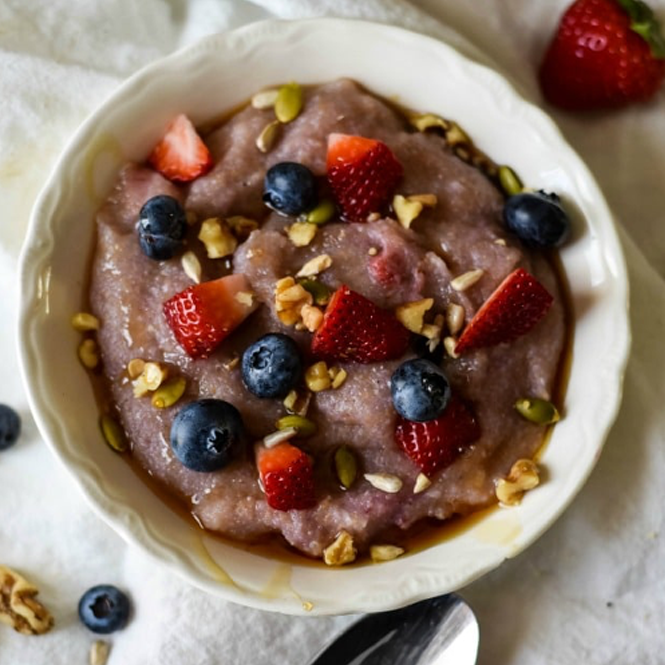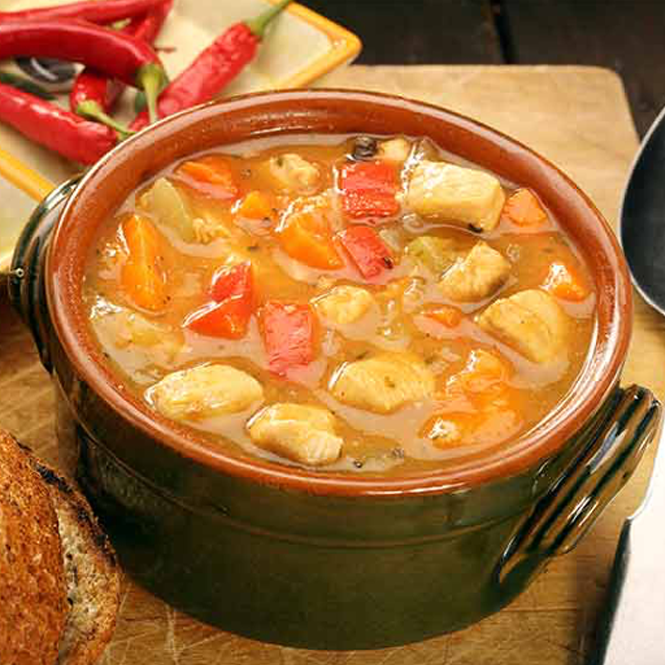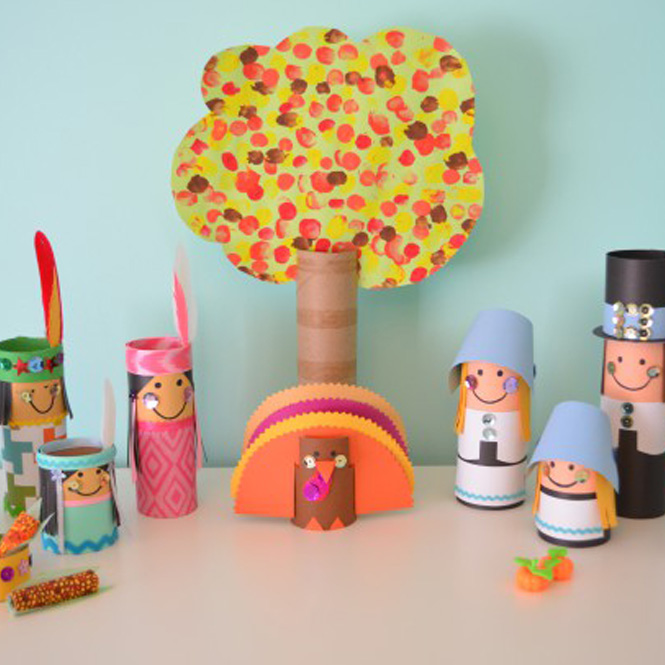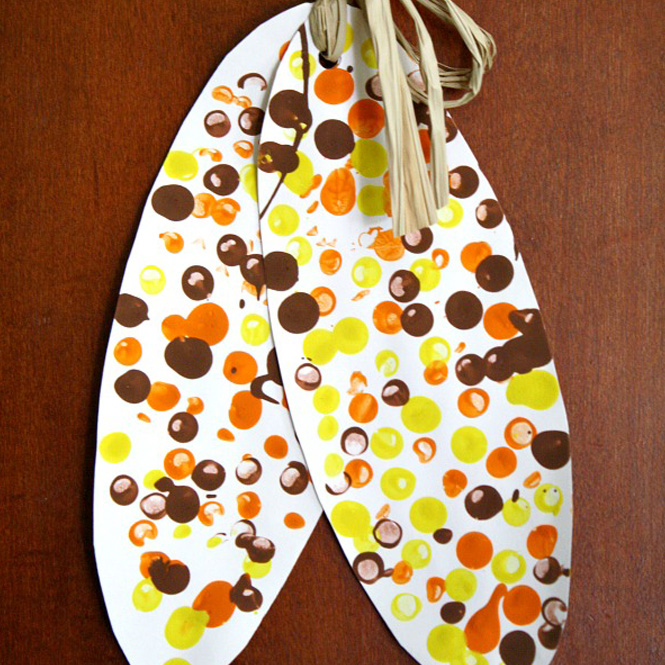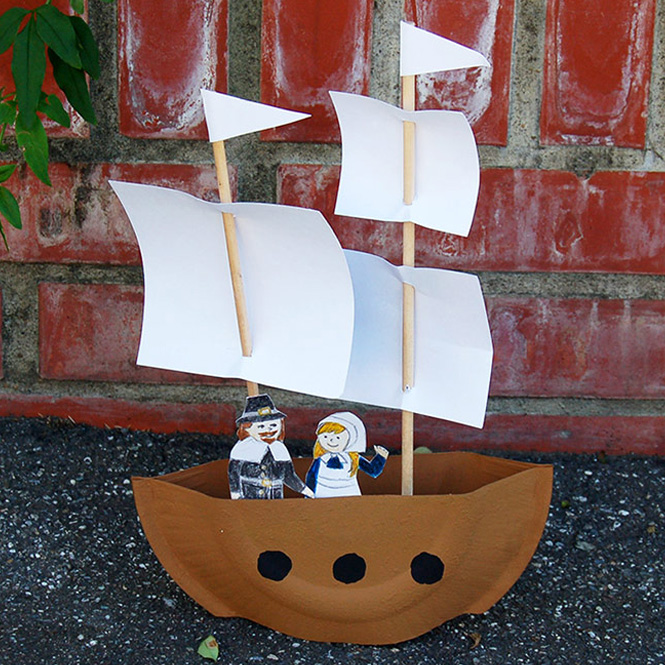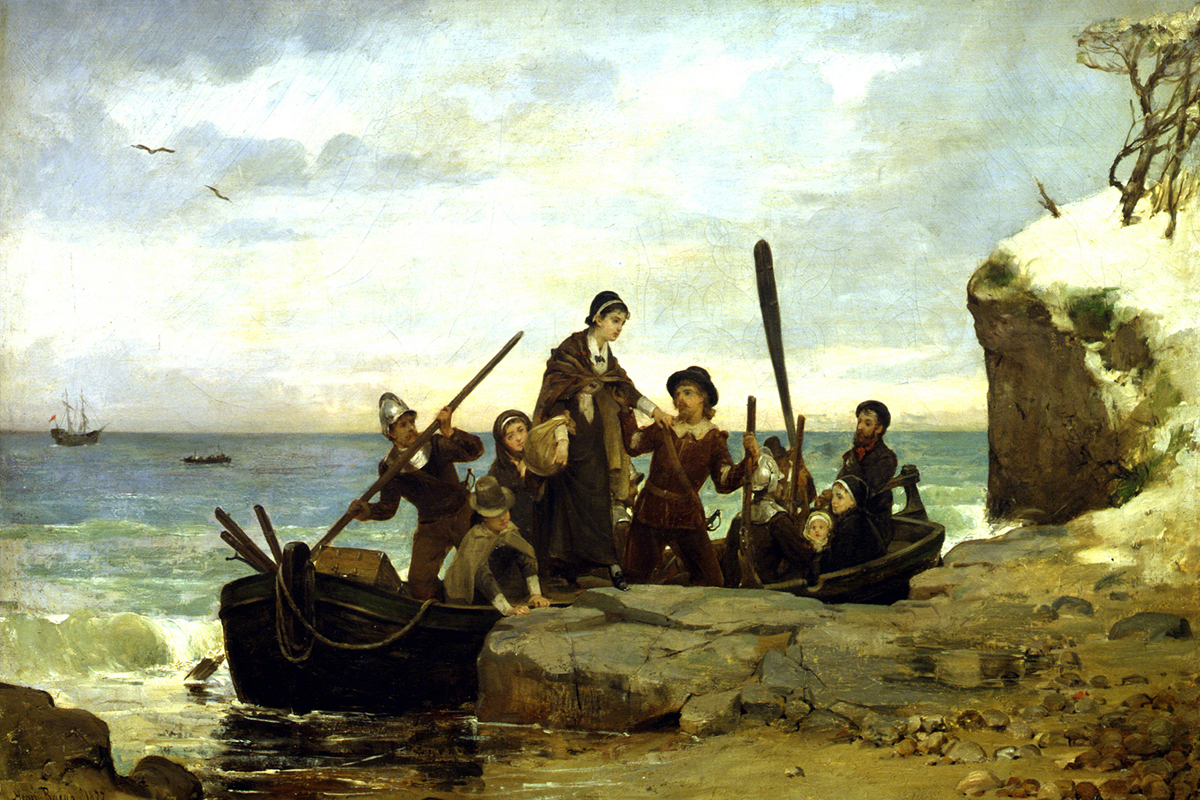
On Monday, November 15, 1620
16 men set of on foot, clad in armor and burdened with muskets to explore the heavily wooded land that bordered the sandy beach. Finally, following a deer trail, they found a spring of fresh water. Today, that water still bubbles out of the ground. Later, they found “ a fine clear pond of fresh water, being about a musket shot broad and twice as long.” By now the explorers were tired, but as they headed back to the beach, a heap of sand caught their attention. Today, this spot is called Corn Hill and is where the Pilgrims uncovered a basket containing 3 to 4 bushels of corn. They took it, vowing to repay the owners when they found the people it belonged to.
On the fourteenth of July, 396 years later, over 40 Massachusetts Mayflower descendants of these brave explorers re-traced the Pilgrims’ Lower Cape journey. Throughout the day they traveled to many of the places the Pilgrims visited during the weeks they spent anchored off the coast of the Lower Cape.
IF YOU WERE A PILGRIM CHILD…..what would be your responsibilities in the New World?
There were 32 of you, your parents made all your choices for you, and you would spend most of your time working and learning the skills you would need to survive as an adult. There were no stores where you could buy food or clothing, or light bulbs or books. You had to learn to make or grow everything you needed. Even 5 year olds could run errands, fetch wood an herd the chickens. When girls were older, they helped their mothers so they could learn how to run a household. They would garden, learn to cook and preserve food, sew and mend. Older boys would help prepare the fields for planting, harvest the crops, tend live-stock, hunt, fish, and do any woodworking the family needed. Someone needed to know how to make bowls, beds and tables!
Children didn’t go to school...there weren’t any, but the parents would teach reading and writing...only after the chores were done and in the winter when there was less to do. The most common book in the Plymouth Colony was the Bible, so the children would learn to read Biblical passages.
